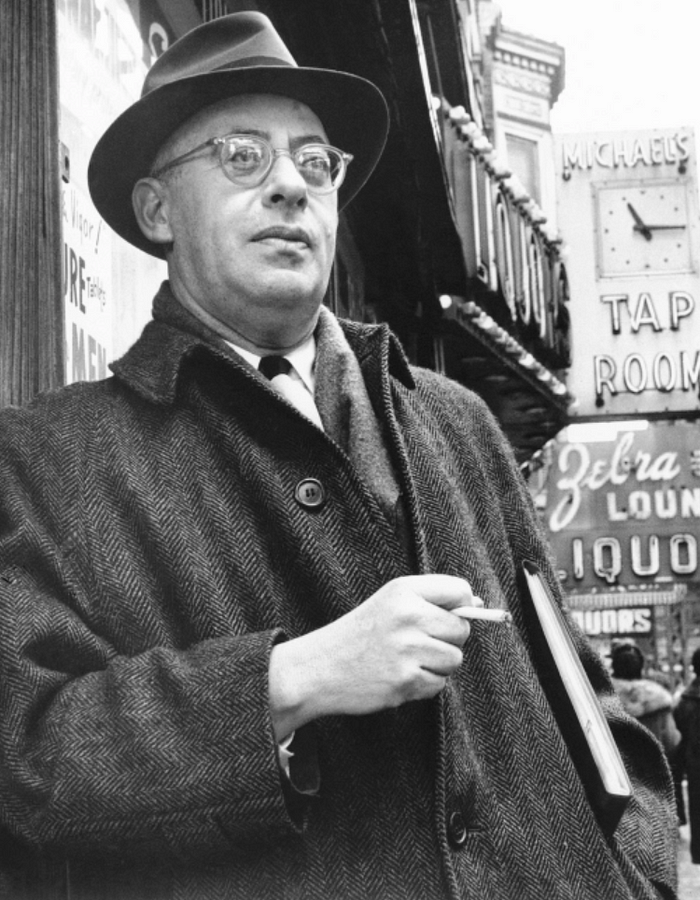Member-only story
A Short Origin of Community Management & How I Define it Today
Shedding light on Community Management’s historical context and dissecting its modern day definition

There you are, standing in the living room of your parent’s house during a holiday party (hey, remember those?). You lock eyes with an older woman who looks vaguely familiar to you.
She looks back at you with eyes that say, “I knew you when you were this big.” Yup, she’s coming over to you. She walks over to you and — surprise! — says just that. You make small talk, but you know it’s coming. She’s going to ask it. The question you’ve struggled to answer succinctly for years. You brace yourself.
“And what are you doing for work now?”
I’m a Community Manager out in San Francisco.
“Oh, San Francisco. That’s wonderful. (an awkward pause) Now, tell me, what’s a Community Manager?”
This blog is written (optimistically given worldly circumstances) in hopes that it can help you at your next holiday party. In this post, I’ll explain first where the idea of Community Management even comes from and then break down my definition of what it is — the same definition we use internally at Google.
Where does ‘Community Management’ originate?
To understand the origins of our careers, we first need to know Saul Alinsky. Alinsky was a Chicago-born activist and political theorist who rose to prominence during the Great Depression. In his work, he confronted a simple-sounding conundrum: there were so many more people out of power than in power, so how could they better work together to enact change for equitable opportunity?

He looked to the poorest neighborhoods in Chicago to figure it out. Famously, Saul thought that if he could figure out how to organize workers at failing unions living in failing neighborhoods to change their world, his methods could work anywhere.
I’ll spare you all of the details, but he organized previously disorganized groups of…
